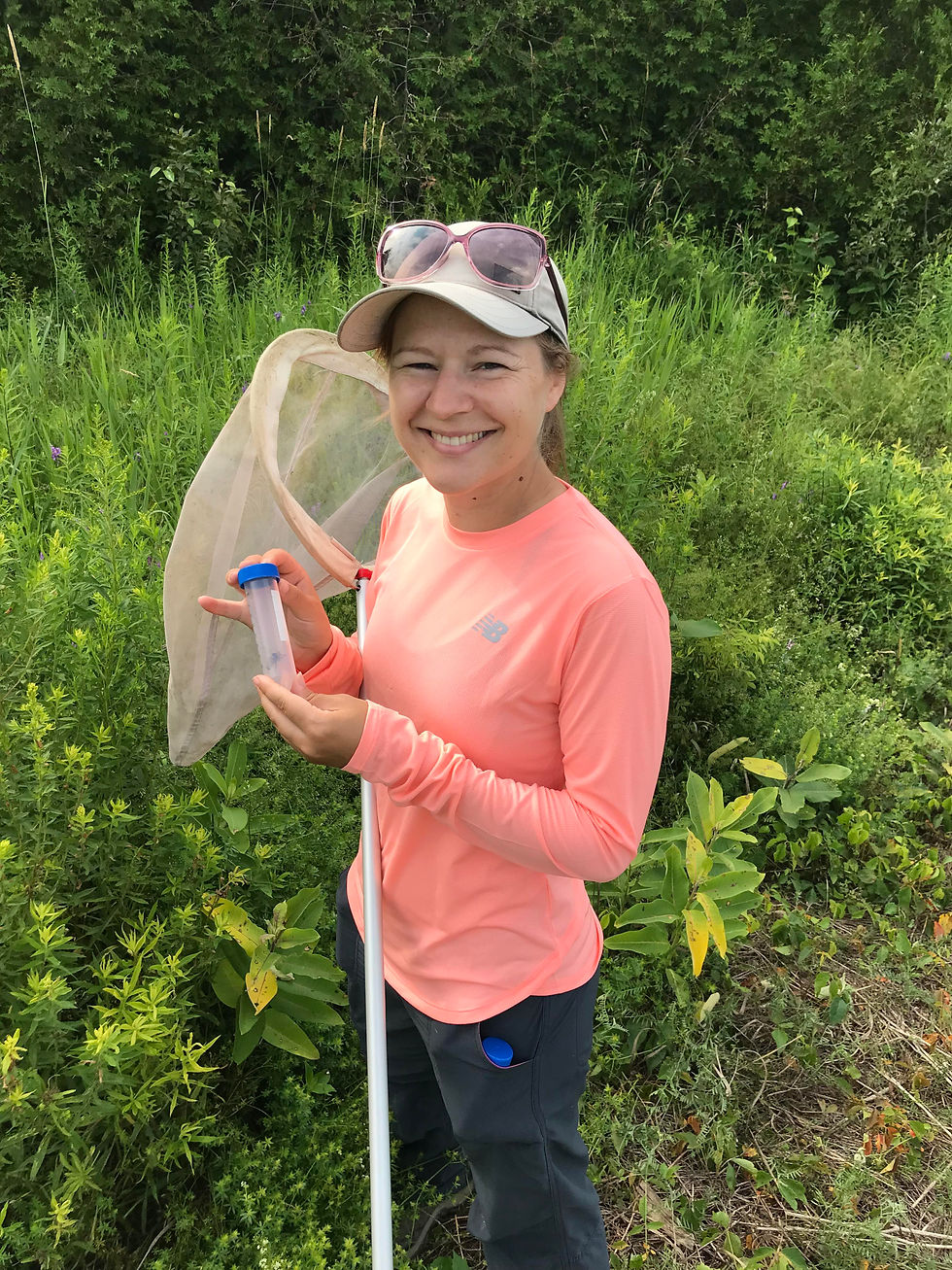Muskrat Lake's Involvement with Blue-Green Algae Study
- Muskrat Watershed Council

- Jan 29, 2020
- 2 min read
In July 2016, Sébastien Sauvé, a professor at the University of Montreal’s Department of Chemistry, was rewarded $12.3-million (distributed over 4 years) from Genome Canada and Génome Québec to research blue-green algae blooms. In total, Sauvé’s team consists of 10 professors and 30 collaborators from Canada and around the world. The goal of this study is to learn how to predict, prevent and treat blue-green algae blooms (scientifically referred to as cyanobacteria) as well as fully understanding the risks connected with these contaminates. Ideally, Sauvé’s team would like to create a simple-to-use “diagnostic toolkit” that would allow municipal waterworks to test surface water for rapid changes in cyanobacteria concentrations using a green-yellow-red colour code.
In summer of 2018, the Muskrat Watershed Council received an email concerning this study and the interest in collecting an algae sample from Muskrat Lake. On September 19, 2018 representatives from the Muskrat Watershed Council and Algonquin College’s Office of Applied Research and Innovation collected algae samples from the Muskrat Lake Boat Launch in Cobden, Ontario. The samples were returned to the University of Montreal for analysis. The lab analysis included testing levels of cyanobacteria, potential cyanotoxins within the cyanobacteria, phosphorus, nitrogen, pH, alkalinity, and total hardness.
Given the scale of the project, the Muskrat Watershed Council did not receive their results until fall 2019. The results we received are intended to provide a snapshot in time of the water quality and the presence of cyanotoxins in Muskrat Lake. What this means is that analysis results show the water’s state at a specific sampling location collected at a specific time, thus the results cannot be extrapolated to represent other locations on Muskrat Lake at different times of the year. At the time and location the samples were taken, Muskrat Lake contained low levels of cyanotoxins. According to the results in the study, Muskrat Lake measured around 307ng/L in Microcystins. Mircocystins are a dangerous strain of toxin produced by blue-green algae blooms that can cause liver damage/failure if ingested in large amounts. The results recorded however were well below the guidelines put in place by Health Canada for drinking and recreational water (see page 2 of the report). The results for total phosphorus and total nitrogen, though above provincial guidelines, do seem to indicate eutrophication (total phosphorus) or over fertilization (total nitrogen) at the time and place the samples were taken.
Based on the results of this study, Algonquin College has purchased an Abraxis Microcystin field test kit to use on Muskrat Lake for the upcoming 2020 algae bloom season. By partnering with cottage owners, Algonquin College and the Muskrat Watershed Council can utilize this test kit to help generate a better understanding on the current levels of Microcystins throughout Muskrat Lake at different times of the year. For cottage owners interested in potentially participating in such a project please feel free to contact us at info@muskratwatershedcouncil.com.





Comments